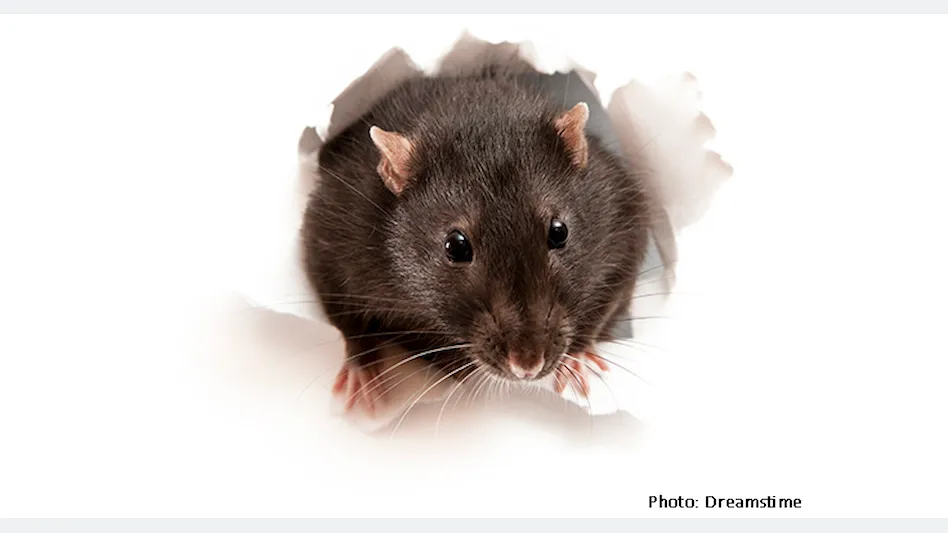
In addition to wild birds, HPAI’s original pathway for the virus’ introduction into the United States, USDA-APHIS scientists say it appears the virus was spreading in other ways as well, including rodents or small wild birds inside the poultry houses.
As part of a newly released United States Department of Agriculture’s Animal and Plant Health Inspection Service (APHIS) epidemiology report, APHIS scientists report that they believe wild birds were responsible for introducing HPAI into commercial poultry. In addition, APHIS scientists report that it appears the virus was spreading in other ways as well, including: sharing of equipment between an infected and noninfected farm; employees moving between infected and noninfected farms; lack of cleaning and disinfection of vehicles moving between farms; and reports of rodents or small wild birds inside the poultry houses.
In addition, genetic analyses of the HPAI viruses suggest that independent introductions as well as transmission between farms were occurring in several States concurrently.
For example, APHIS has observed the following: sharing of equipment between an infected and noninfected farm; employees moving between infected and noninfected farms; lack of cleaning and disinfection of vehicles moving between farms; and reports of rodents or small wild birds inside the poultry houses. APHIS is compiling these practices and will present these findings in a subsequent update of this report.
Based on an analysis by APHIS, environmental factors may also play a part in transmitting HPAI. APHIS found that air samples collected outside of infected poultry houses contain virus particles, indicating that the virus could be transmitted by air. In addition, preliminary analysis of wind data shows a relationship between sustained high winds and an increase in the number of infected farms approximately 5 days later. APHIS is conducting additional analyses to better characterize environmental factors that may contribute to virus spread.
While USDA has always worked with States and industry to promote biosecurity, it has continued to step up this collaboration throughout the outbreak, including meeting with industry representatives, producers, and federal, state and local government officials on to discuss the importance of biosecurity. Moving forward, APHIS plans to continue sharing what it learns with State and industry partners through regular conversations and meetings, including an Industry/USDA/State Animal Health Meeting in July where the agency will focus specifically on biosecurity. In addition, APHIS will continue to regularly communicate with its partners about all HPAI issues, hosting monthly calls with State agriculture officials, weekly calls with industry and State veterinary officials, and daily calls with officials in HPAI-affected States.
APHIS appreciates the cooperation of poultry producers in providing the information needed for these epidemiology investigations. APHIS values its partnership with industry and believes that with their continued support and assistance, the agency will be well positioned to learn all it can about this virus. USDA plans to issue regular progress reports on its Web site to share updated findings with States, industry, and stakeholders.
Latest from Pest Control Technology
- SiteOne Hosts 2024 Women in Green Industry Conference
- Veseris Celebrates Grand Reopening of the Miami ProCenter
- Rollins' 2024 Second Quarters Revenues up 8.7 Percent YOY
- Fleetio Go Fleet Maintenance App Now Available in Spanish
- German Cockroach Control Mythbusting
- Total Pest Control Acquires Target Pest Control
- NPMA Workforce Development Shares Hiring Updates
- Certus Acquires Jarrod's Pest Control





